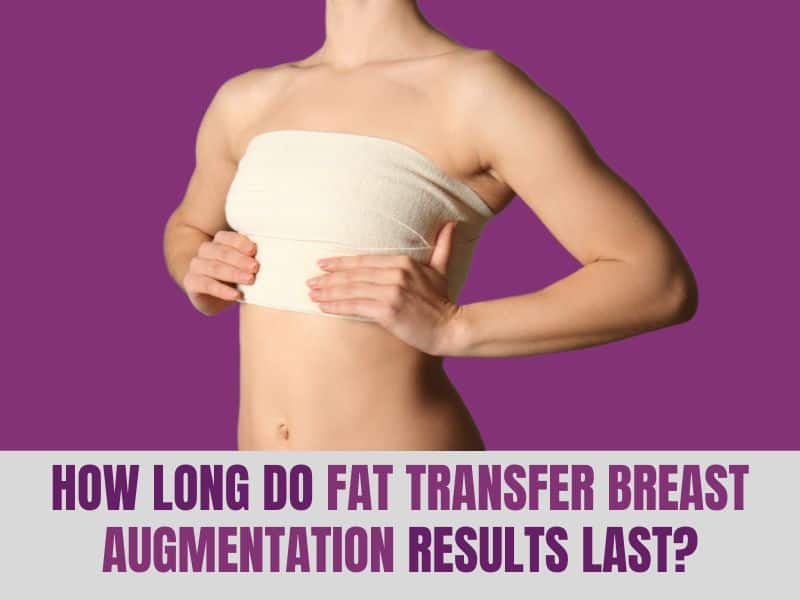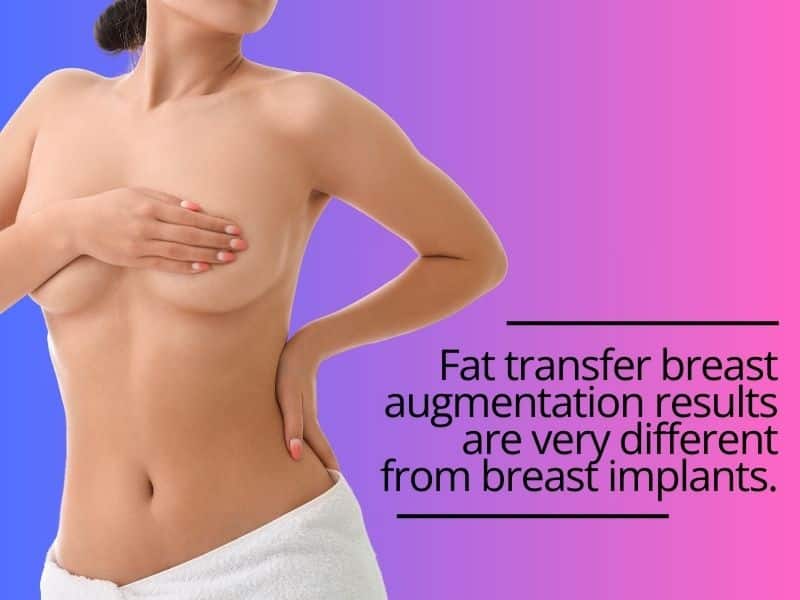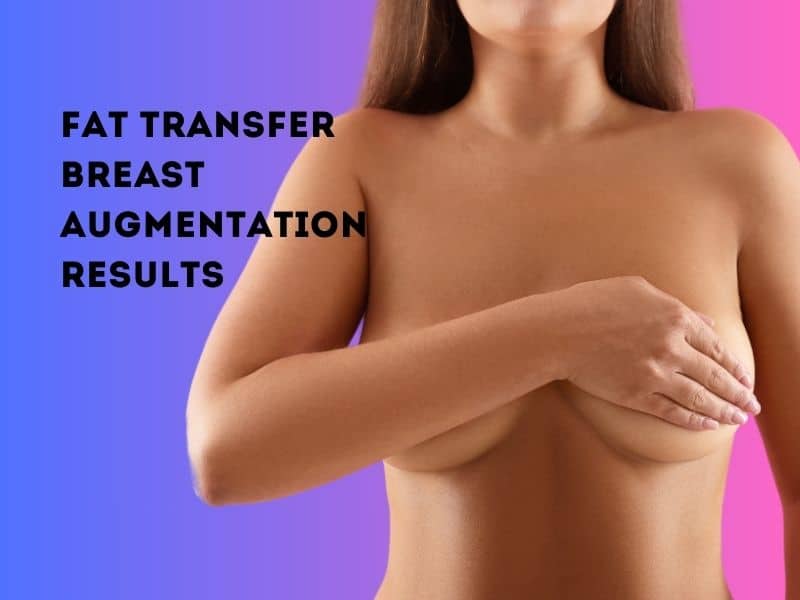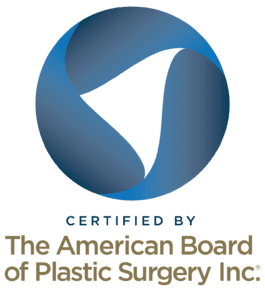Patients who opt for fat transfer breast augmentation as opposed to breast augmentation with implants certainly want to know how long their results are going to last. After all, if you’re going to put the time, money, and energy into undergoing such a procedure, you want to know that your results are going to be long lasting.
We know that results achieved with breast implants are certainly long lasting. Even though your skin may stretch and become more lax with time and aging — and sometimes the breasts will begin to sag somewhat — breast implants themselves do not change. Therefore, you’re going to keep that volume basically no matter what.
Fat transfer breast augmentation results, on the other hand, are slightly different. Below, we will discuss how long these results typically last and what you can expect down the line after this procedure.
What Is a Fat transfer Breast Augmentation?
A fat transfer breast augmentation (also known as a breast fat transfer) is a plastic surgery procedure that increases the size of the breasts using the patient’s own body fat.
Essentially, liposuction is first used to remove unwanted fat from areas of the body such as the upper arms, the chin, the abdomen, or the flanks. Your plastic surgeon will then take this extracted fat, process and purify it, and reinject it into your breasts at strategic points to increase overall volume.
Many patients prefer fat transfer breast augmentation procedures to breast implants. They may simply feel uncomfortable with the idea of having breast implants in their bodies. Or, some patients don’t want to have to get regular imaging scans to check for ruptures or possible leaks with silicone implants
Still others just like the idea of being able to reduce body fat in areas like the stomach while adding to their breast volume at the same time — it’s a plastic surgery procedure with dual benefits!
Breast Augmentation with Fat Transfer Results
Initially, your final breast augmentation fat transfer results are going to be up in the air. This is because not all transferred fat cells will “survive” the transfer process. You’ll notice, for example, that in fat transfer breast augmentation before and after photos, you’ll see a range of changes in the “after” photos.
In part, this is simply due to differing preferences among patients. But it’s also because your surgeon cannot know for sure how many of the purified fat cells will end up being absorbed by your body after transferring them (absorbed fat cells will not end up increasing breast size).
If many fat cells do not survive the process, you may be left with a far more modest breast size increase. Having a great surgeon with extensive experience will certainly help.
Duration of Results
In terms of how long your fat transfer breast augmentation results will last once the permanently transferred fat has been established, you can basically think of the newly transferred fat cells as permanent. Think of them as the fat that has always been in your breasts.
Naturally, you’re going to lose some volume and have some skin stretching and breast sagging with time. This is simply due to gravity and aging, and it’s totally normal. But there are no other reasons for patients to lose breast volume after fat transfer breast augmentations.
Now, if your weight changes drastically after your fat transfer procedure, this could certainly affect your results. If you gain weight and increase the excess fat on your body overall, you may indeed make your breasts even larger. By contrast, if you lose a lot of body weight after your fat transfer breast procedure, this could mean a loss of breast volume and changes in breast shape. Because of this, we usually want patients to be at or very near their ideal body weight prior to undergoing a fat grafting procedure.
If you do end up losing weight (and being happy with this choice) after your fat transfer breast augmentation procedure, you can certainly consider a breast lift, another fat transfer procedure, or implants. Any of these procedures can add more perkiness and youth to the appearance of your breasts.
FAQ: Breast Augmentation Fat Transfer
Is breast augmentation fat transfer surgery painful?
During your breast fat transfer procedure, you should not experience pain. After surgery, you may have some light soreness and potential changes in sensation in your breasts and where you underwent liposuction. Pain medication can be prescribed to help manage these symptoms.
How much does fat transfer breast augmentation cost?
Every patient’s fat transfer breast augmentation cost will be unique to their circumstances. There is no one-size-fits-all answer. If you want to know more about pricing for this or other plastic surgery procedures, please call to book an in-person consultation appointment with Dr. Steinberg.
Does a fat transfer breast augmentation result in scars?
Not many that are visible. Typically, the most noticeable fat transfer breast augmentation scars will be from liposuction (the reinjection of fat to the breasts does not leave noticeable scars).
Fortunately, liposuction scars are very small — typically, just a few millimeters in length. When compared with breast implant scars (traditional breast augmentation scars), fat transfer breast augmentation scars are far smaller and much less noticeable.
Do autologous fat transfer to breast procedures increase breast cancer risk?
Fat transfer breast augmentation has not been shown to increase a patient’s risk of breast cancer.
Request Your Breast Fat Transfer Consultation
If you would like to learn more about increasing your breast cup size with autologous fat injections, please contact us today to schedule a one-on-one consultation appointment with board-certified plastic surgeon Dr. Ashley Steinberg. We look forward to hearing from you!















